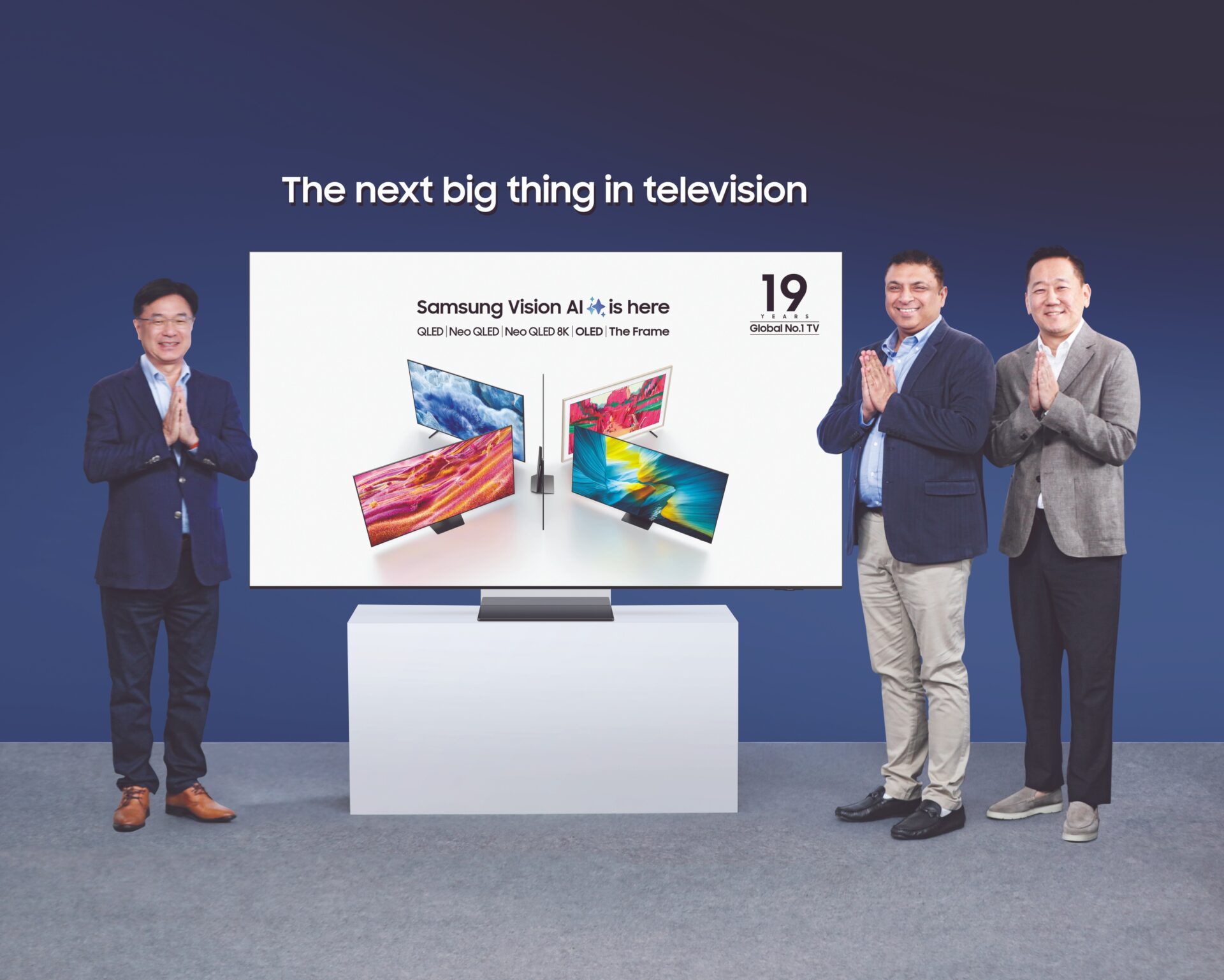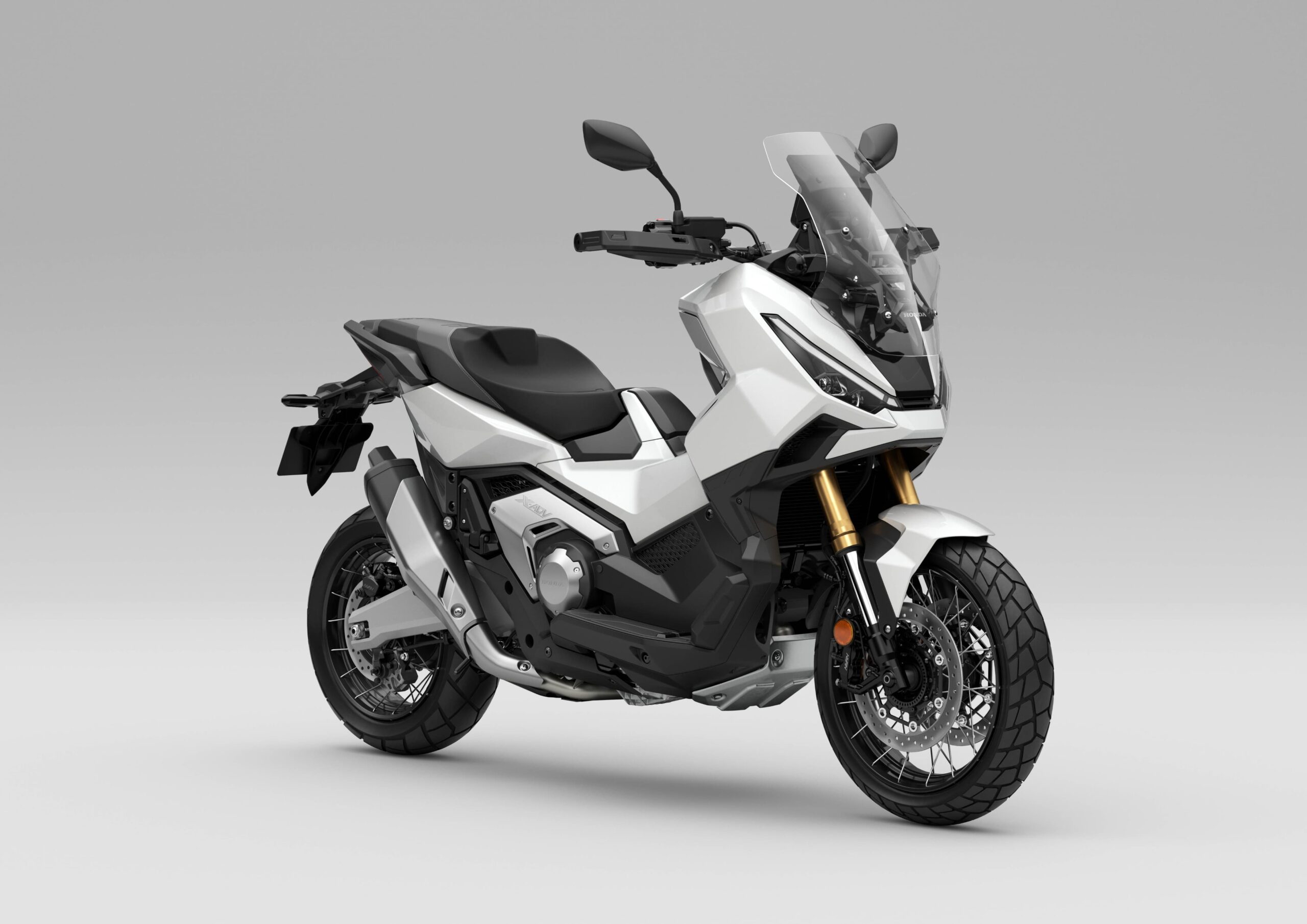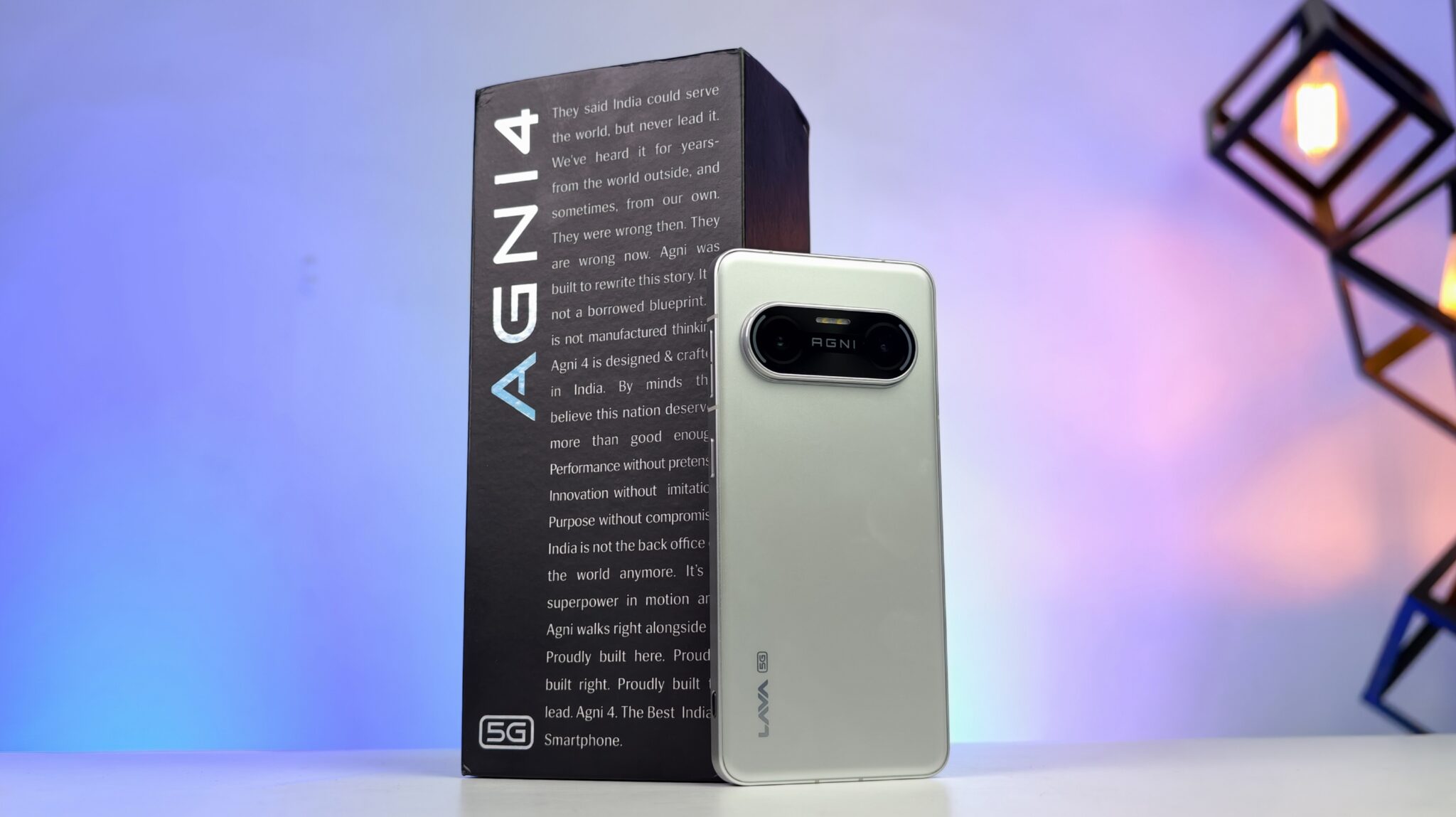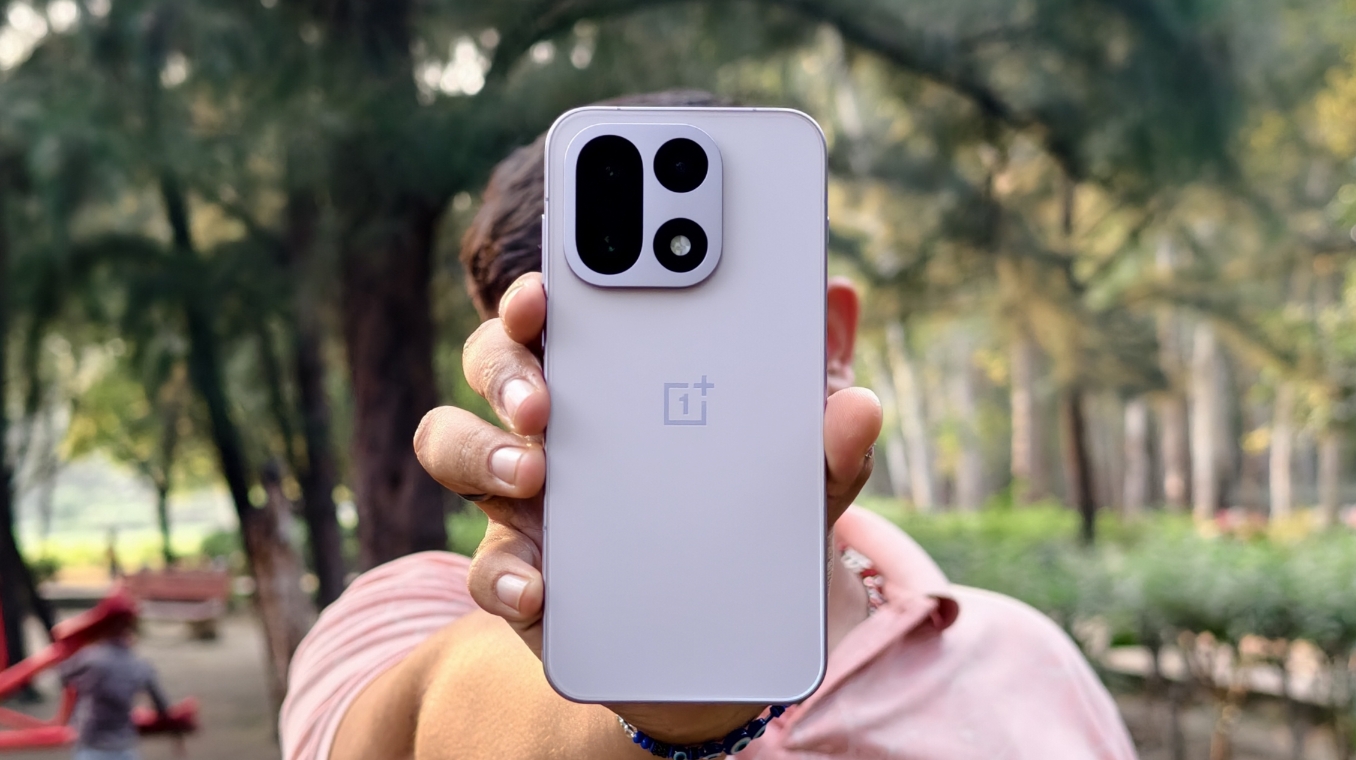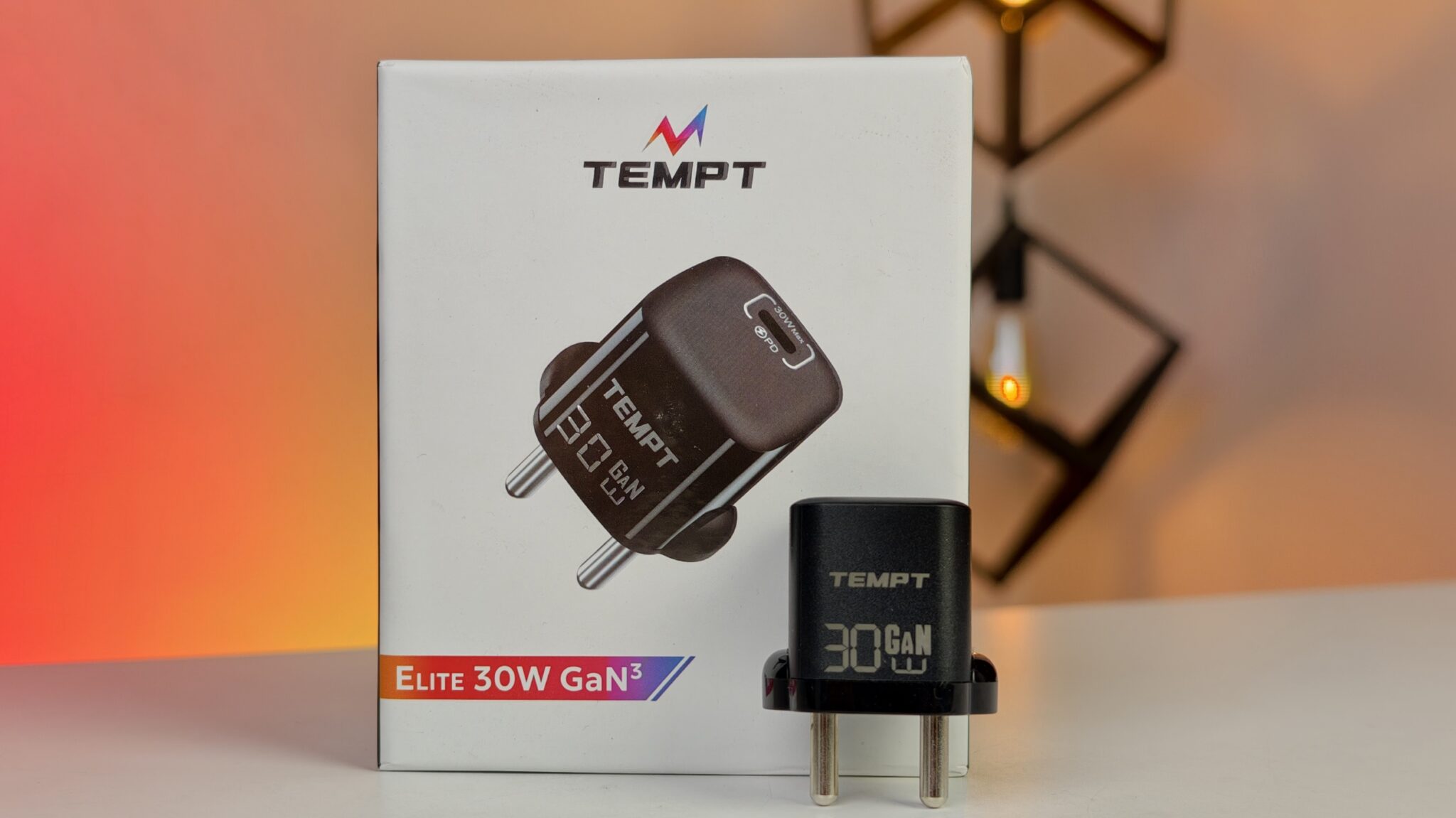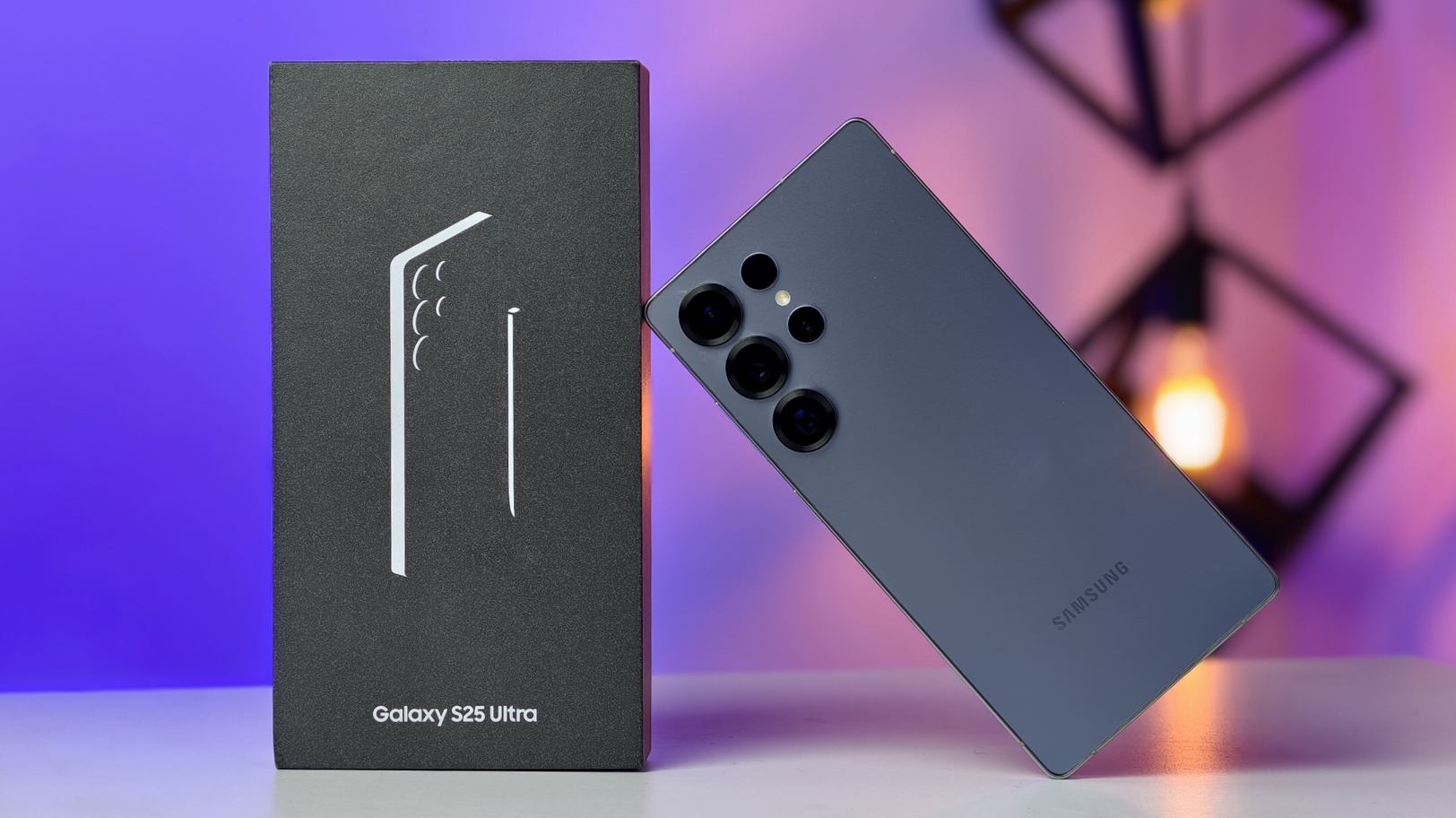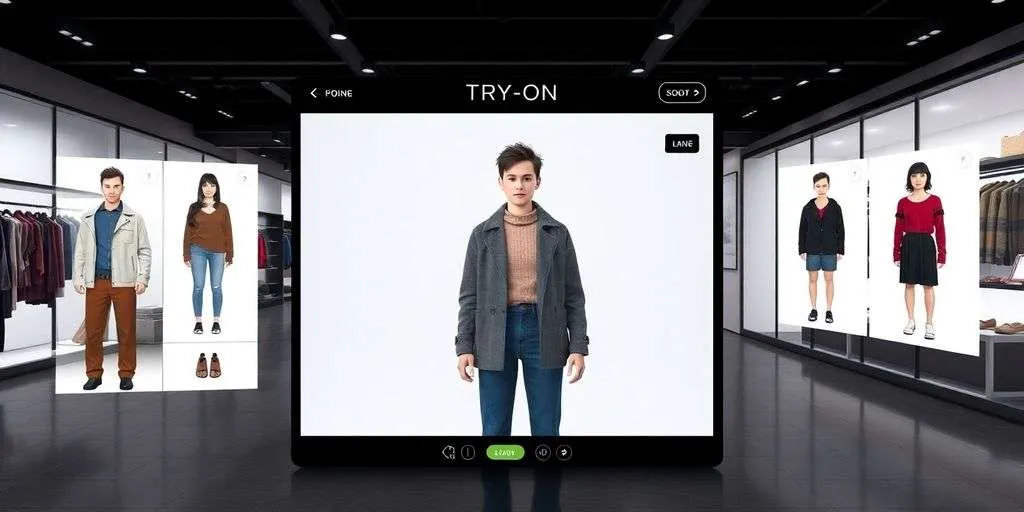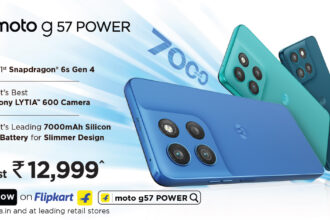In a landmark moment for the television industry, Samsung has announced that its TV sales in India have surpassed INR 10,000 crore in 2024. It’s a first for any brand in the country, underscoring Samsung’s stronghold in the premium electronics space. Now, the company has its sights firmly set on double-digit growth in 2025, hoping its freshly unveiled AI-powered TV lineup will be the catalyst.
For Samsung India, 2024 wasn’t just a good year—it was pivotal. Viplesh Dang, Senior Director of the Visual Display Business, emphasized this milestone, stating, “In value terms, we achieved a turnover of INR 10,000 crore.” He went on to outline what lies ahead: “We now aspire to grow in double-digit this year backed by our new AI TV lineup that breathes new life into every frame, setting a new benchmark for cinematic excellence at home.”
The strategy seems straightforward but ambitious: ride the wave of AI technology to deepen Samsung’s footprint in India’s increasingly competitive premium TV segment. Dang believes these smarter screens could be the tipping point in mainstreaming next-gen viewing experiences.
Exploring the Samsung Vision AI Lineup
The company recently unveiled its 2025 TV collection in India, showcasing over 40 models that span categories like Neo QLED 8K, Neo QLED 4K, OLED, QLED, and The Frame. At the heart of this lineup is something Samsung calls “Vision AI.”
This technology aims to transform televisions into adaptive, intuitive hubs that blend seamlessly into users’ daily lives. Instead of just being passive screens, these TVs are designed to learn from their environments and user habits—ideally becoming more of a smart partner than a piece of hardware.
Vision AI introduces features like real-time optimization of picture and sound, gesture-based navigation, and SmartThings integration for connected home management. It’s not just about watching anymore; it’s about interaction, personalization, and intelligent convenience.
A Price Tag for Every Living Room
Samsung’s 2025 TV lineup is priced from INR 49,490 all the way up to INR 11,00,000. That range alone tells you something about their strategy: while the premium market is clearly a focus, the company isn’t neglecting budget-conscious buyers either.
For those eyeing the higher end, AI Upscaling Pro is a standout feature. It aims to refine picture clarity, even when the original content isn’t ultra-high resolution. There’s also Glare-Free viewing—a feature designed to minimize screen reflections, which can be a real issue in sunlit Indian homes. Another quirky-yet-intriguing addition? Generative Art Wallpapers. When the TV’s idle, it turns into a canvas, displaying dynamic, customizable visuals that blend into your decor.
Taken together, these features suggest Samsung wants to redefine what a TV can be: less a device, more a lifestyle centerpiece.
Paving the Road to Market Leadership
Samsung seems intent on cementing its leadership in India’s TV market for the long haul. On one hand, they continue to cater to cost-sensitive consumers with their 43-inch and mainstream models. On the other, their latest push clearly leans into value growth through premium, feature-rich products.
Their wide retail network also plays a key role here. Physical stores still dominate appliance purchases in India, especially in smaller cities, and Samsung’s footprint gives it an edge. Couple that with a coherent product strategy, and the brand appears well-positioned to drive adoption of AI-driven home entertainment.
Consumer trends seem to support this move. There’s a growing appetite for larger screens and smarter features—not just in metro cities, but increasingly in Tier 2 and Tier 3 towns as well. Samsung’s record 2024 sales show there’s fertile ground, and their AI-forward approach might just be the natural evolution of that momentum.
Of course, it’s still early days. Whether this Vision AI strategy truly reshapes the market or just adds another layer to an already crowded space remains to be seen. But one thing feels clear: Samsung is betting big, and the pieces—both technological and strategic—seem to be aligning.


